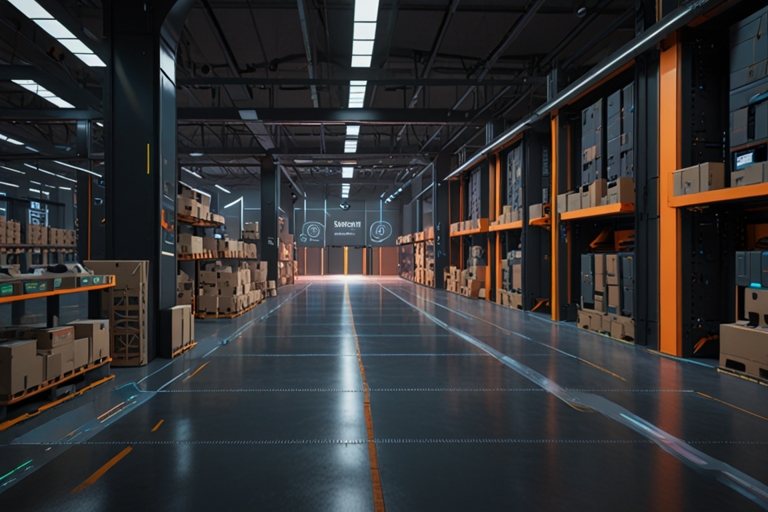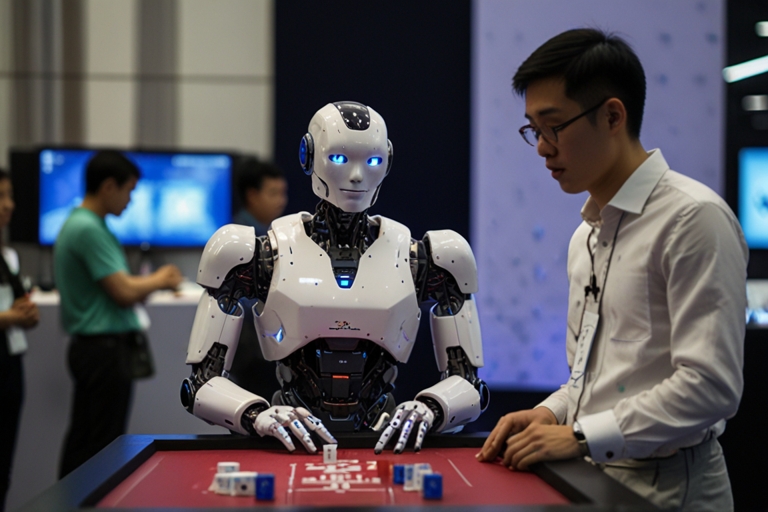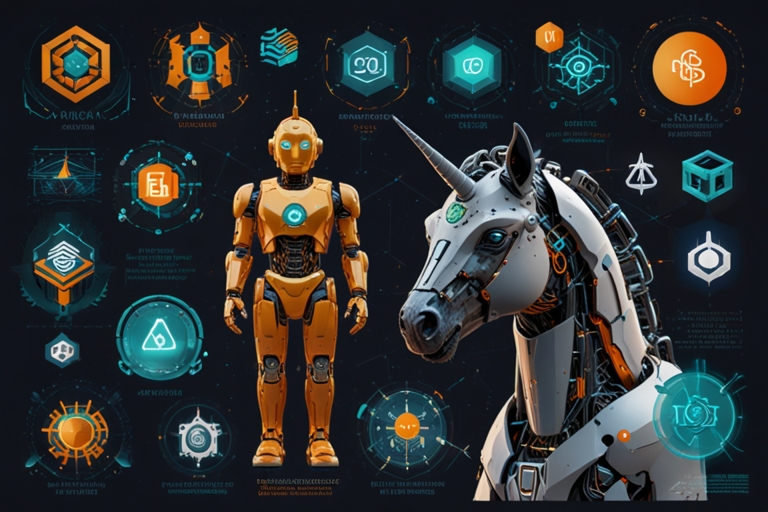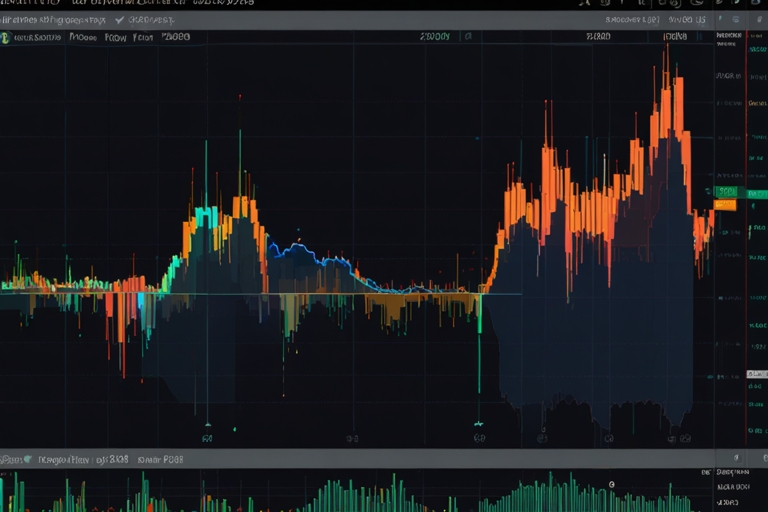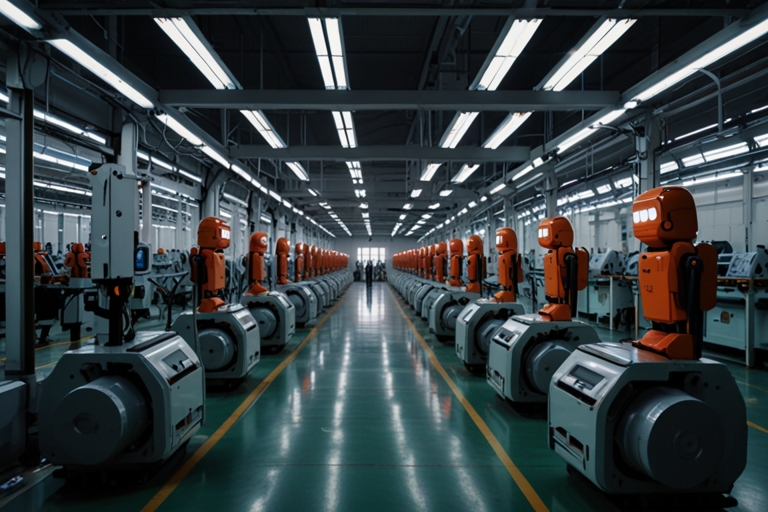
TL;DR
- Famed photographer Edward Burtynsky gained rare access to a BYD EV factory in Changzhou, China.
- His photos reveal a nearly humanless production line driven by robots and automation.
- Burtynsky calls it a “cathedral-esque” space, symbolizing a shift from labor-intensive factories to dark, fully automated manufacturing.
- BYD’s affordable EVs are reshaping global markets, aided by vertical integration and control over supply chains.
- The images contrast modern Chinese robotics with outsourced labor in Africa, suggesting a new wave of globalized automation.
A Glimpse into a Robotic Future
Canadian photographer Edward Burtynsky, known for his large-scale industrial landscapes, has captured a rare image from inside a BYD electric vehicle factory. The photo, titled BYD Manufacturing Facility #1, offers a surreal, almost spiritual view of a highly automated facility in Changzhou, Jiangsu Province.
Where his earlier works highlighted rows of human workers in Chinese factories, this series reveals an absence of people. Burtynsky describes the factory as “a place built by humans, but run by robots,” referring to the site as a dark factory — capable of operating without lights or human intervention.
BYD’s Edge: Affordability through Automation
Burtynsky’s images come at a time when BYD has overtaken Tesla in annual revenue, thanks in part to its ability to produce low-cost electric vehicles at scale. In 2024, BYD delivered 4.27 million vehicles, including 1.76 million EVs and 2.5 million hybrids, versus Tesla’s 1.79 million EVs. The company’s entry-level Seagull model sells for $10,000, dramatically undercutting the Tesla Model 3 at $32,000.
This cost advantage stems from the kind of robotic efficiency seen in Burtynsky’s photography — minimal labor, no unions, and 24/7 uptime.
The Architecture of Automation
The standout image features an unfinished vehicle centered beneath a vast structure of steel beams and machinery, forming perfect symmetry that draws the eye to a vanishing point. Burtynsky describes the setting as “cathedral-esque,” evoking reverence for the complexity and elegance of the automated world.
The shoot was arranged with help from Sir Norman Foster, the renowned British architect, who sought a cover photo for Domus magazine’s edition on the future of industry.
Human Labor: Not Gone, Just Shifted
While the Changzhou plant feels post-human, Burtynsky suggests the labor hasn’t disappeared — it’s just moved offshore. His broader photo series, titled China in Africa, features Chinese-owned factories in places like Ethiopia, where human labor is still central to production.
Companies like BYD have acquired lithium mines in Brazil and other countries to secure resources. This vertical integration — from raw materials to finished vehicles — allows them to control costs and avoid dependency on foreign supply chains.
BYD vs Tesla, 2024 EV Sales and Revenue
| Company | EV Units Sold (2024) | Hybrid Units Sold | Total Vehicles Delivered | Entry-Level Price | 2024 Revenue |
| BYD | 1.76 million | 2.5 million | 4.27 million | ~$10,000 (Seagull) | $84.1 billion |
| Tesla | 1.79 million | N/A | 1.79 million | ~$32,000 (Model 3) | $81.5 billion |
Moral Ambiguity and Industrial Aesthetics
Despite the factory’s cleanliness and futuristic aura, Burtynsky doesn’t celebrate or condemn automation. He maintains a “deadpan aesthetic,” allowing viewers to interpret the moral stakes themselves. He notes, for example, that while EVs may reduce fossil fuel dependency, the mining and automation processes still carry social and environmental costs.
Burtynsky’s own experience working in General Motors and Ford factories during his youth gives weight to his reflections. “You feel like part of the machine,” he says, describing the dehumanizing repetition of labor before automation was widespread.
The Beauty in Industrial Silence
Unlike his sweeping natural landscapes, Burtynsky’s factory scenes feel enclosed, metallic, and eerily serene. But they share the same “sense of wonder” — revealing places most people never see in a way that forces deep reflection.
As he puts it: “You can jump in and look at the small grease stain on the floor… or some splash of oil on the side of a wall in this pristine plant.”
The photographs don’t just document a factory. They offer a glimpse into our automated future, and the humans quietly being written out of it.
